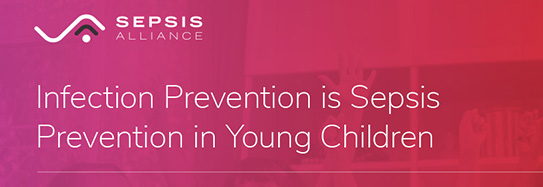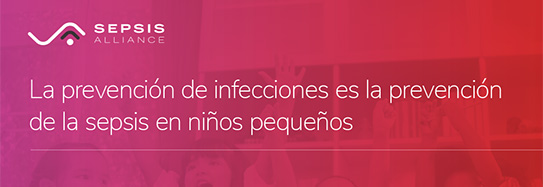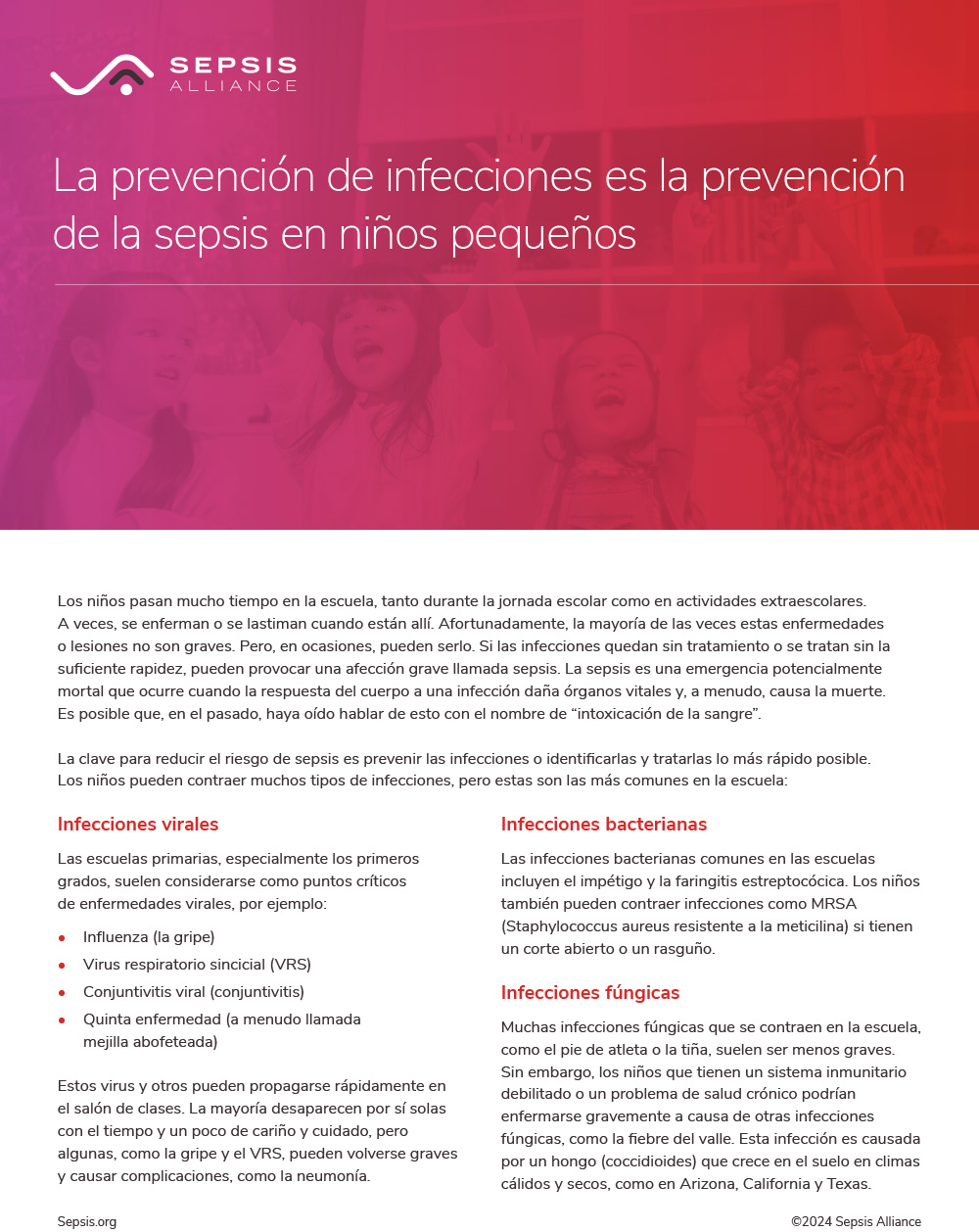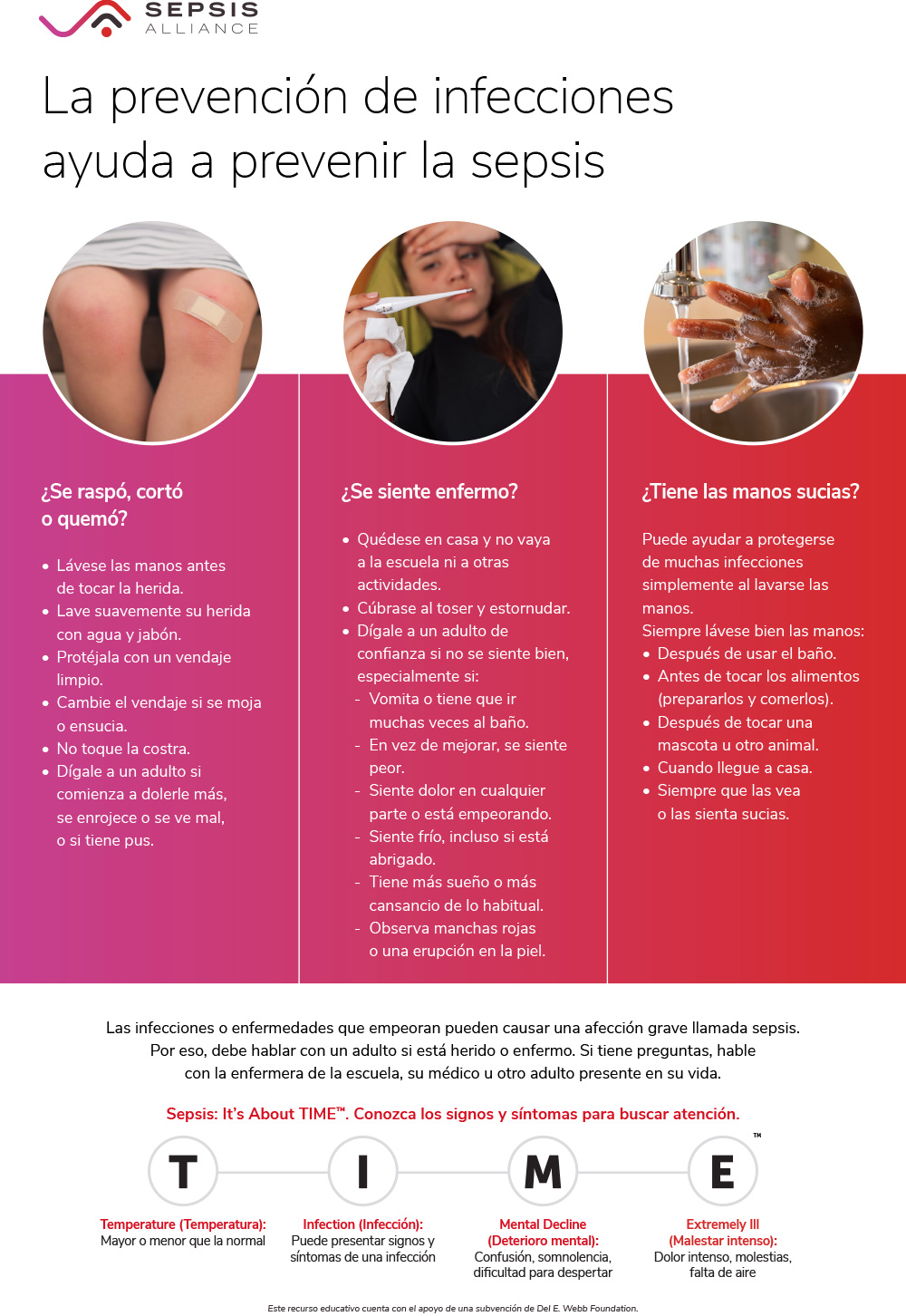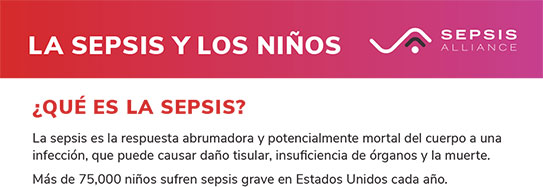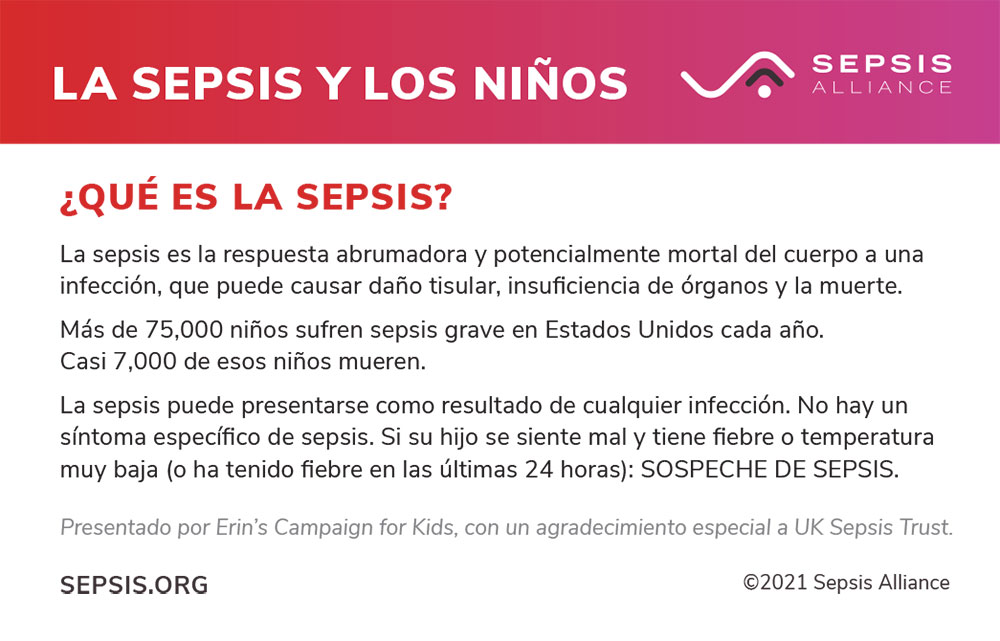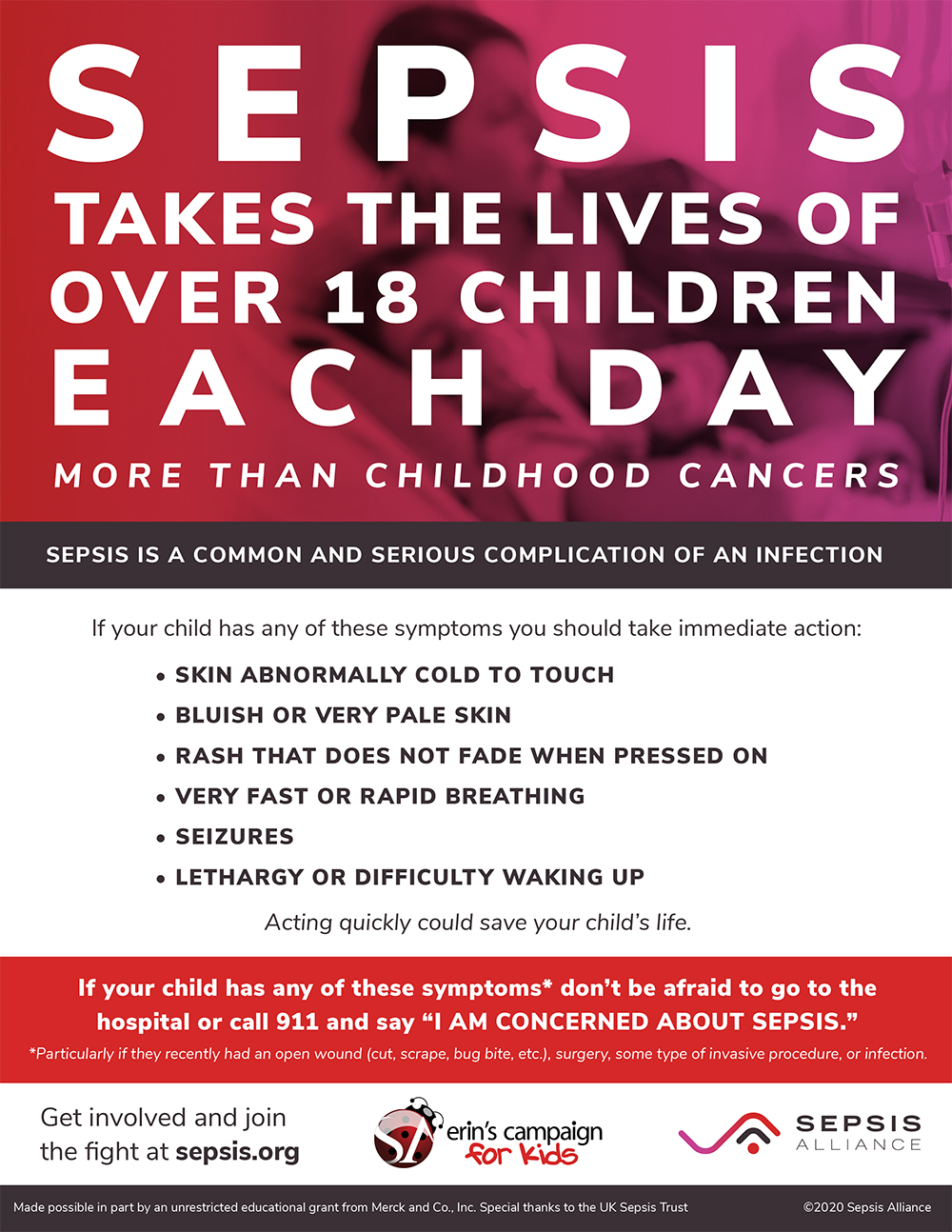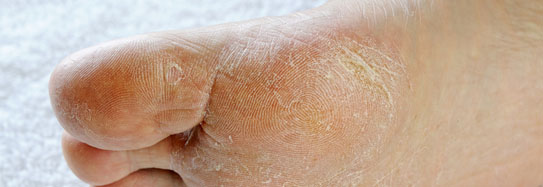Nurses are front-line healthcare workers. They’re often the first healthcare professionals who patients see when they visit a doctor’s office, clinic, or emergency department. Nurses are also out in the community, working with people where they live and work – and go to school. School nurses play a vital role in helping children stay as healthy as possible. They also deal with health issues and emergencies that occur during school hours. This role puts school nurses in a good place to help spot and act on infections. They can also help educate the students and staff of the importance of infection prevention and sepsis awareness.
Sepsis is a life-threatening emergency that happens when your body’s response to an infection damages vital organs and, often, causes death. Like strokes or heart attacks, sepsis is a medical emergency that requires rapid diagnosis and treatment.
Some of the educational resources below are supported by a grant from the Del E. Webb Foundation.
Suggested Citation:
Sepsis Alliance. Sepsis and School Nurses. 2024. https://www.sepsis.org/sepsisand/school-nurses/
Updated June 18, 2024.




